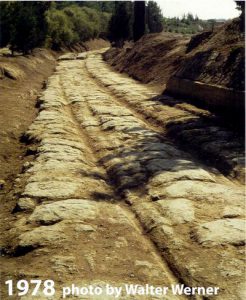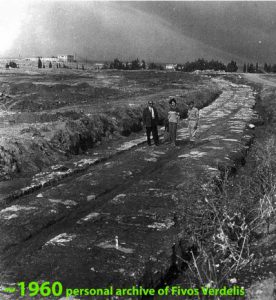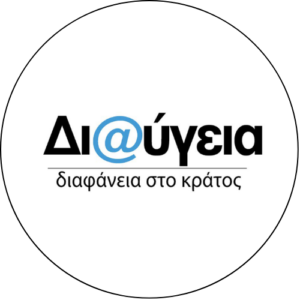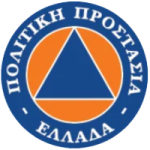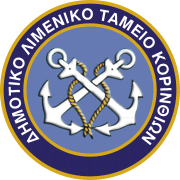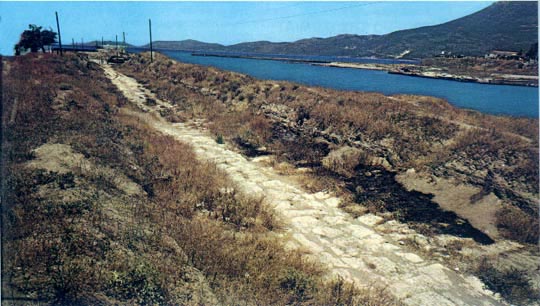
The inventive Corinthians realized very early on – perhaps as early as the 9th century BC – that the importance of the Isthmus, apart from serving as a line of defense, was crucial for navigation. In particular, the narrow width of the Isthmus could allow the passage of ships from one sea to the other (from the Corinthian Gulf to the Saronic Gulf and vice versa), facilitating communication between the East and the West, and eliminating the dangerous and extremely long route of circumnavigating the Peloponnese and Cape Malea.
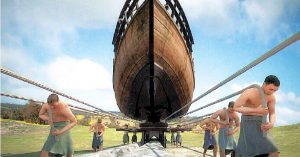
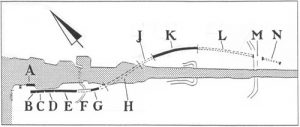
Illustration of the route of Diolkos.
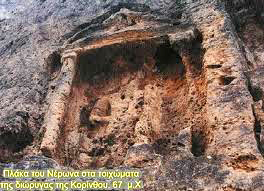
In this context, and with the well-known ingenuity, industriousness, intelligence, and engineering knowledge they possessed, the Corinthians began constructing a corridor across the Isthmus, starting from the present-day area of Posidonia and ending at Schinoundas (today’s Kalamaki). They did not follow a straight course in order to avoid the steep ascents and descents that would have stressed the people performing the towing of the ships. This corridor was called the Diolkos and was the world’s first fixed-track corridor. As can be seen from the excavations carried out by the renowned archaeologist Nikos Verdelis (which were actually interrupted) from 1956 to 1962, the Diolkos took the form that exists to this day, built by Periadros, who constructed it with large, porous stone slabs, which had two grooves in the middle, spaced about 1.50 meters apart. These grooves were intended to make the movement of the ‘olkos’ (the vehicles that carried the ships) safer and faster. The Diolkos remained in operation for 1600 years, until 1154, according to a map by the Arab geographer Edresis.
